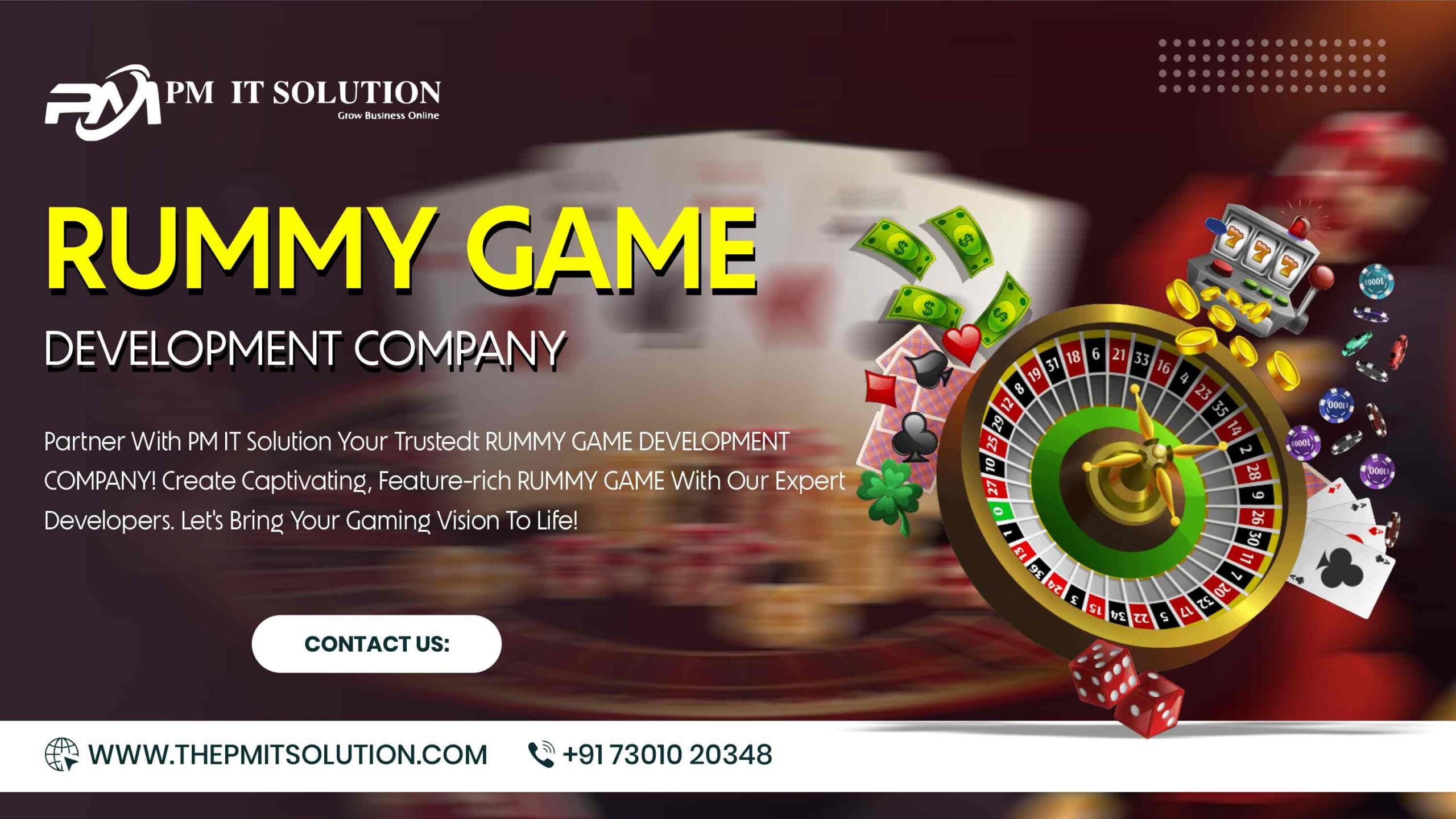As businesses strive to stay ahead of technological advancements, Extended reality (XR) has emerged as a game-changing tool with transformative potential. Whether you’re considering augmented reality (AR), virtual reality (VR), or mixed reality (MR), the question isn’t if XR will be a part of the future but when to invest in extended reality for your business. In this guide, we will explore the key factors businesses need to evaluate before diving into the XR world, and how investing in this technology can yield tangible returns.
Understanding Extended Reality (XR)
Extended reality is an umbrella term that encompasses all immersive technologies that merge the physical and virtual worlds. XR includes:
- Augmented Reality (AR): Enhances the real world by overlaying digital information onto physical surroundings. Examples include mobile apps like Pokémon Go and AR shopping experiences.
- Virtual Reality (VR): Completely immerses users in a virtual environment, often used in gaming, simulations, and training environments.
- Mixed Reality (MR): Blends real and virtual elements, allowing users to interact with both physical and digital objects in real-time.
Together, these technologies redefine how we engage with digital content and provide new ways for businesses to connect with customers, streamline operations, and improve training and collaboration.
1. The Current State of Extended Reality in Business
Before diving into when to invest in extended reality, it’s essential to understand the current landscape. In recent years, XR has moved from a futuristic novelty to a viable business tool. Retail, healthcare, real estate, education, and manufacturing are just a few industries leveraging XR to enhance customer experiences and optimize operational efficiency. For instance, AR-powered apps are helping consumers visualize furniture in their homes, while VR is transforming corporate training with immersive learning environments.
2. Signs It’s Time to Invest in Extended Reality
If you’re wondering when is the right time to invest in XR, here are some indicators that your business could benefit from this immersive technology:
Customer Experience Needs Innovation
If you’re seeking new ways to engage customers or enhance user interaction with products or services, XR offers unmatched potential. For example, AR can allow customers to “try before they buy,” whether it’s testing out home décor or previewing cosmetics. Businesses in retail, e-commerce, and entertainment sectors can significantly enhance customer experience by adopting XR.
Employee Training Requires Hands-on, Safe Environments
Businesses involved in industries like healthcare, manufacturing, or any other high-risk field may benefit greatly from VR-based training simulations. Employees can practice complex procedures in a controlled, virtual environment, reducing the risk of costly mistakes while boosting learning outcomes.
Operational Efficiency Is a Priority
From virtual design collaboration to remote technical support, extended reality can streamline business processes. Companies with distributed teams or a need for remote assistance can use MR to provide real-time, hands-on solutions without the physical presence of experts. This approach is particularly useful in fields like construction, engineering, and product development.
Your Competitors Are Adopting XR
In today’s competitive market, keeping up with technology is critical to staying relevant. If your competitors are already leveraging XR technologies to improve customer engagement or internal processes, it’s a strong signal that you should consider investing too. Falling behind could result in lost market share.
3. Considerations Before Investing in XR
While XR offers numerous benefits, it’s not a one-size-fits-all solution. Here are some factors to evaluate before making an investment:
Budget
XR technology, while becoming more accessible, still requires significant investment. This includes costs for hardware (like VR headsets), software development, and potential training for employees to utilize the technology effectively. Businesses need to carefully assess the return on investment (ROI) to ensure the long-term benefits outweigh the initial cost.
Infrastructure and Scalability
Before implementing XR, assess whether your existing infrastructure can support it. Can your team manage the new technology? Do you have the bandwidth and systems in place to scale XR adoption across multiple departments or locations? Partnering with experienced XR developers or consultants can help ease the transition.
Industry Relevance
Some industries are more primed for XR than others. If you’re in sectors like gaming, architecture, healthcare, or retail, you might find XR adoption more seamless and beneficial. However, businesses in less tech-forward industries should consider how XR aligns with their long-term goals before making a commitment.
4. How to Approach XR Adoption
To ensure successful integration of extended reality into your business model, take a phased approach. Start with pilot projects to test the waters, gather data, and make adjustments before rolling out a full-scale XR solution. Engage with technology partners who have experience in XR to help tailor the solutions to your business needs and avoid common pitfalls.
Focus on ROI
Clearly define how XR will bring value to your business. Whether it’s by reducing operational costs, enhancing customer satisfaction, or improving employee training, having measurable goals will allow you to assess the effectiveness of your investment.
Employee and Customer Buy-In
Your XR efforts will only be successful if both employees and customers embrace the technology. Be sure to communicate the benefits and provide necessary training. For customer-facing applications, make the user experience intuitive and engaging to foster positive reception.
5. The Future of Extended Reality
Extended reality is not just a passing trend; it’s evolving rapidly and is expected to continue shaping the business landscape in the coming years. With advancements in 5G and AI, XR will become more accessible and sophisticated, providing businesses with even greater opportunities to innovate.
Final Thoughts: Is Now the Right Time to Invest in Extended Reality?
Deciding when to invest in Extended reality depends on your business goals, industry needs, and readiness for innovation. For some, XR is already a game changer, delivering enhanced customer engagement and improved operational efficiency. For others, a more measured, future-focused approach might be best. Regardless of where your business stands, keeping an eye on XR developments and being prepared to act when the time is right will position you for success in the next wave of digital transformation.



